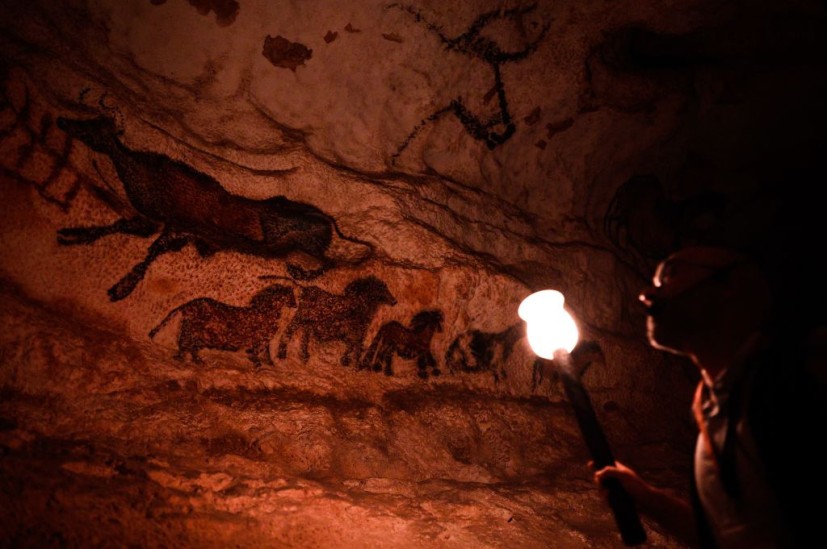In a paper published last week, Dec. 14, researchers of the Center de Recherche et de Restauration des Musées de France announced that the first charcoal-based cave painting has been discovered within the famed Bison Cave in the Dordogne Region in Southwest France.
The research team, comprising Yvan Coquinot, Antoine Trosseau, Ina Reiche, and Anne Maigret, reported their momentous findings regarding the Font-de-Gaume paintings to the scientific journal "Nature." Such discoveries are currently being heralded as breakthroughs for the development of incredibly accurate radiocarbon dating.

The Current State of Radiocarbon Dating Within Dordogne
The archaeological site was initially found back in 1901 and has been recognized as a World Heritage by UNESCO since 1979 when the international agency included it in Vézère Valley's grouping of Prehistoric Sites and Decorated Caves.
Paleolithic art can be found in over 200 cavernous structures within the region. The commonality across all of these prehistoric paintings was that it was made using iron and manganese oxides, a material that contemporary radiocarbon dating technologies cannot process yet.
Thus, this recent and first discovery of a carbon-based cave painting opens up discipline-defining reassessments all over Dordogne, allowing for a much more accurate dating timeline.
What the New Research Uncovers About the Font-de-Gaume Paintings
Before these findings, the wall paintings were dated around 12,000 to 17,000 years ago, placing them in the Magdaleninan Period. After applying the would-be insights that can be acquired from the discovery, this set of dating can be pushed as far back as 2,000 years.
According to the study, the team first came across the Paleolithic drawings in February 2020, eventually leading them to what is currently known as the Bison Cave. The cave was named as such due to the numerous paintings of the animal on its main exhibition walls. To date, it contains the best "curation" of prehistoric art, along with its neighboring Lascaux cave.
In total, 80 bison artworks decorate Font-de-Gaume's walls, all in varying hues made from naturally found pigments. In 1906, French pharmacist and chemist Henri Moissan managed to identify what these pigments were exactly, resulting in the scientist receiving that year's Nobel Prize in Chemistry.
The new research has exposed prior drawings beneath the known animal depictions through the utilization of visible-light and infrared photography, spectroscopy, and fluorescence. These preceding drawings were charcoal-based and had horses, deer, and bison as their subjects.